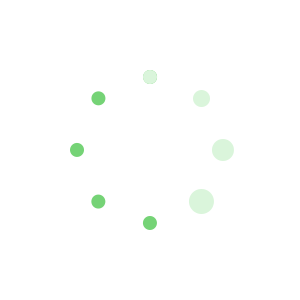Pitcher plants are carnivorous plants whose prey-trapping mechanism features a deep cavity filled with liquid known as a pitfall trap. It has been widely assumed that the various sorts of pitfall trap evolved from rolled leaves, with selection pressure favouring more deeply cupped leaves over evolutionary time. However, some pitcher plant genera (such as Nepenthes) are placed within clades consisting mostly of flypaper traps: this indicates that this view may be too simplistic, and some pitchers may have evolved from flypaper traps by loss of mucilage.
Whatever their evolutionary origins, foraging, flying or crawling insects such as flies are attracted to the cavity formed by the cupped leaf, often by visual lures such as anthocyanin pigments, and nectar bribes. The sides of the pitcher are slippery and may be grooved in such a way so as to ensure that the insects cannot climb out. The small bodies of liquid contained within the pitcher traps are called phytotelmata. They drown the insect, and the body of it is gradually dissolved. This may occur by bacterial action (the bacteria being washed into the pitcher by rainfall) or by enzymes secreted by the plant itself. Furthermore, some pitcher plants contain mutualistic insect larvae, which feed on trapped prey, and whose excreta the plant absorbs.[1] Whatever the mechanism of digestion, the prey items are converted into a solution of amino acids, peptides, phosphates, ammonium and urea, from which the plant obtains its mineral nutrition (particularly nitrogen and phosphorus)。 Like all carnivorous plants, they occur in locations where the soil is too poor in minerals and/or too acidic for most plants to be able to grow.
本篇关键词:
Pitcher plants
carnivorous plants
mucilage
cupped leaf
slippery
grooved
phytotelmata
amino acids
peptides
phosphates
ammonium and urea
nitrogen and phosphorus
中文相关知识:
吃动物的植物,全世界有500多种,其中,以猪笼草的捕虫器最精巧和复杂。猪笼草大多数生长在印度洋群岛、马达加斯加、斯里兰卡、印度尼西亚等潮湿热带森林里,我国广东、云南等省也有这种植物。猪笼草吃虫,全靠它奇特的叶子。它的叶片中脉伸出去变成卷须,可以攀附着别的东西向上升。卷的顶部生出一个囊状物,好象奶瓶子一样,口上有一个盖,能开也能关。瓶口边缘向内卷,瓶内有半瓶子水液。瓶口内壁能分泌又甜又香的蜜汁,贪吃的小昆虫闻到香味就会爬过去吃蜜。也许就在它们吃得正得意的时候,脚下突然一滑,一头栽到瓶中,被水液粘住了,再也无法逃命。于是猪笼草得到了一顿美餐。
其它吃虫植物如茅膏菜、毛毡苔、捕蝇草等,虽然也能捕捉昆虫,但它们的捕虫工具,远不及猪笼草的精巧复杂。



